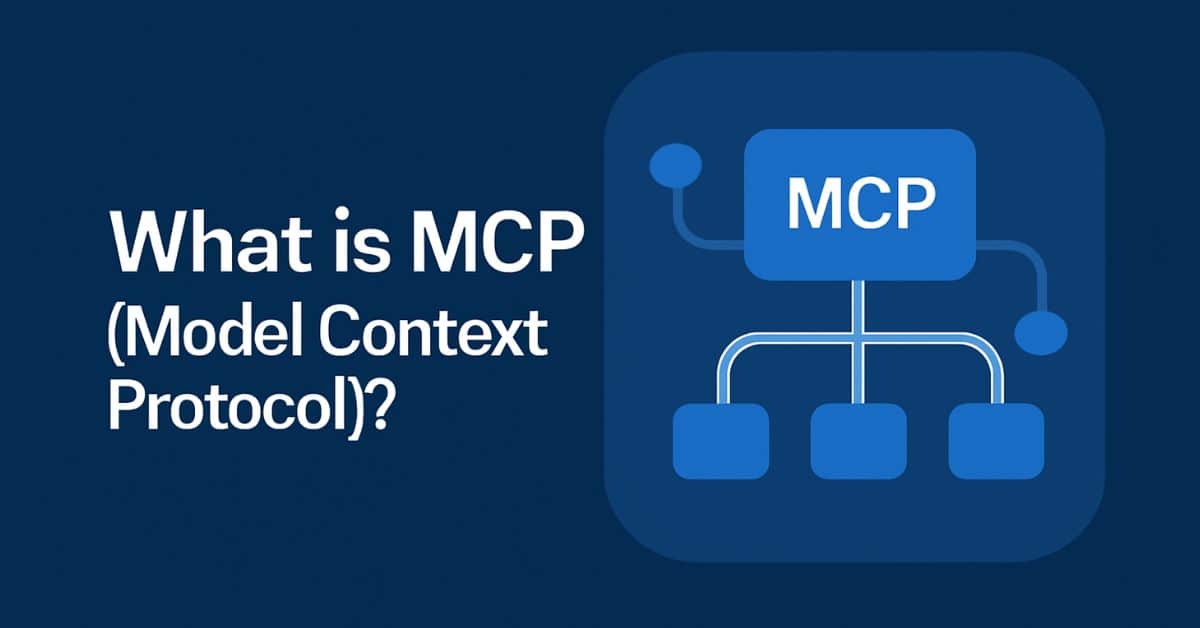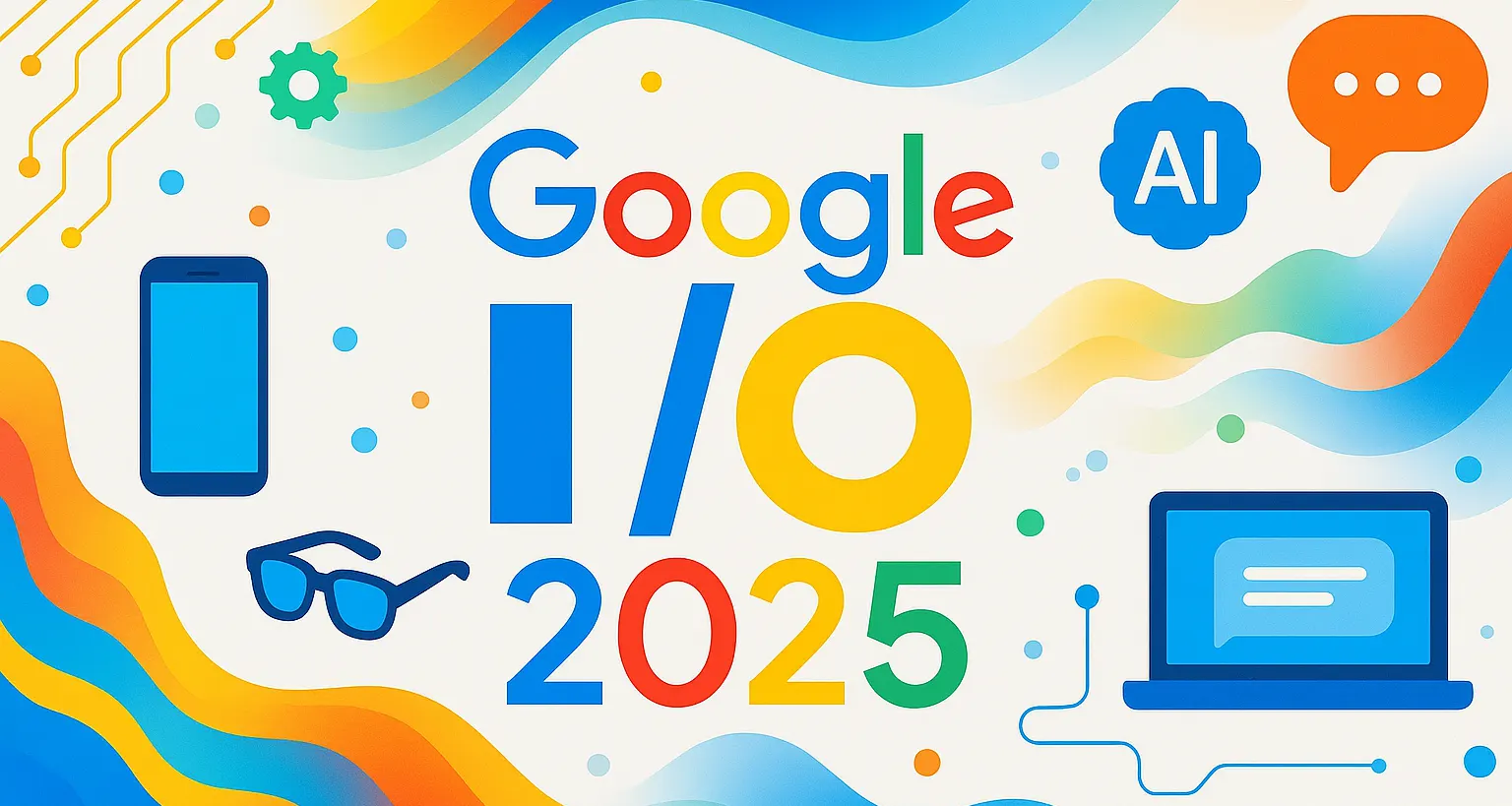You're seeing "MCP" pop up everywhere and need to know what it is. Here’s explained.
What is MCP (Model Context Protocol)?
MCP is an open standard, a universal language, that lets AI models and applications talk to external tools and data sources. Think of it as a standardized plug that connects an AI to the outside world, so it can do things instead of just talking.
Before MCP, if you wanted your AI to read a file on your desktop, you had to build a custom, one-off integration. If you wanted it to connect to GitHub, that was another custom job. This created a mess where every developer had to reinvent the wheel for every single tool. MCP fixes this by creating a single, reusable protocol. Build an "MCP server" for a tool once, and any MCP-compatible AI can use it.
It was introduced by Anthropic Claude in November 2024 and has since been adopted by major players like OpenAI and Google DeepMind.
Introduction to Claude for Beginners
Enrol in this free Claude course to explore AI Assistants, prompt engineering, and Claude 2 API. Get hands-on experience with Claude’s functionalities and apply them to real-world projects.
Why Does MCP Exist? The Problem It Solves
The core problem was that Large Language Models (LLMs) were trapped. They had vast knowledge from their training data but couldn't interact with real-time, personal, or proprietary information. They couldn't act.
The old way was a nightmare:
- N x M Integration Hell: Every AI model (N) needed a custom connector for every tool (M). This was fragile, expensive, and didn't scale.
- Vendor Lock-in: Solutions like OpenAI's early "function-calling" APIs were vendor-specific. If you built for OpenAI, you were stuck there.
- Security Risks: Giving an AI direct access to your systems or raw API keys is a huge security risk. Custom integrations often handled this poorly.
MCP was created to solve these exact problems. It provides a universal, open standard that decouples the AI from the tool it needs to use.
How MCP Works: The Technical Architecture
MCP uses a straightforward client-server architecture. Don't let the terms intimidate you; the concept is simple.

- MCP Host: This is the AI application itself. Think of the Claude Desktop app, an AI-powered IDE, or any agentic system you build. The Host is the brain of the operation.
- MCP Client: This is a small component living inside the Host. Its only job is to talk to a specific MCP Server. A Host can run multiple clients, one for each tool it needs to connect to.
- MCP Server: This is the most important piece. An MCP server is a wrapper you build around a data source or tool. It exposes the tool's capabilities in a standardized way that any MCP client can understand. It acts as a smart adapter.
Example Workflow:
You ask your AI assistant (the Host), "Summarize the key points from the project-alpha.pdf on my desktop and post them to the #dev channel on Slack."
The Host's internal logic realizes it needs two tools: a file reader and a Slack integration.
- It activates its MCP Client for the local file system. This client connects to a local MCP Server that has permission to read files. The client sends a request: "Read project-alpha.pdf."
- The file server does its job, reads the file, and sends the contents back through the secure MCP connection.
- The AI summarizes the text.
- The Host then activates its Slack MCP Client. This client connects to a Slack MCP Server. The server could be running locally or on a remote machine.
- The client sends another request: "Post this message: [summary text] to channel #dev."
- The Slack server translates this standardized request into a real Slack API call.
- The message is posted.
The AI Host doesn't need to know anything about the file system's specific commands or Slack's API. It just needs to know how to talk to MCP servers. This is the core power of the protocol.
Key Components and Concepts
To really understand MCP, you need to know these terms:
- Client-Server Model: MCP is built on a client-server architecture where AI applications (clients) request context from data sources (servers). This structure is secure and efficient.
- Standardized Communication: All communication happens over the MCP protocol. It defines what messages look like, how actions are described, and how results are returned. This is typically done using JSON-RPC 2.0.
- Transports: MCP is flexible about how it connects. It can run locally between an AI and your computer's apps (using stdio) or over the internet to online tools (using HTTP/SSE).
- Tools, Resources, and Prompts: An MCP server doesn't just expose raw functions. It provides three things:
- Tools: Actions the AI can take (e.g., writeFile, searchProducts).
- Resources: Data the AI can access (e.g., a list of files, database entries).
- Prompts: Templates that help the AI understand how to use the tools effectively.
- Metadata and Descriptions: An MCP server provides rich metadata that helps the model understand which tools are available, what they do, and when to use them. This is crucial for autonomous agents to make decisions.
Real-World Use Cases and Applications
MCP is not theoretical. It's being used now to build powerful applications.
- Desktop Assistants: The Claude Desktop app uses a local MCP server to securely access user files and system tools. This allows it to perform tasks on your computer without sending your data to the cloud.
- Enterprise AI: Companies are building internal MCP servers to connect AI assistants to proprietary documents, CRM systems, and internal knowledge bases. This gives employees a powerful, context-aware assistant that understands their specific company data.
- Software Development: MCP is used heavily in coding. AI coding assistants use MCP servers to connect to your codebase for code search, understanding repositories, and performing actions in your IDE. Zed and Sourcegraph are notable users.
- Multi-Tool Agent Workflows: This is where MCP truly shines. It allows agentic AI systems to coordinate multiple tools to perform complex tasks. For example, an agent could use a document lookup tool combined with a messaging API to support advanced reasoning across different resources.
- Natural Language Data Access: Tools are using MCP to connect LLMs to structured databases, allowing users to make queries in plain English.
The Benefits of MCP
Adopting MCP isn't just about following a trend. It provides concrete advantages.
- Standardization: Replaces fragmented, custom integrations with a single, unified protocol. Write an MCP server once, and it's reusable across different AI applications.
- Security: Provides a secure and controlled way to give AI models access to your data. You define exactly what the AI is allowed to do through narrowly scoped permissions, reducing risk.
- Flexibility and No Vendor Lock-In: Because it's an open standard, you can easily switch between different AI models and vendors. If a new, better model comes out, you just point it to your existing MCP servers.
- Scalability: The architecture is designed to scale. It supports various transport methods, from local stdio to remote WebSockets and HTTP streams.
- Enables True Agentic AI: By giving models a reliable way to interact with the world and chain tools together, MCP is a foundational technology for moving from simple chatbots to truly useful AI agents that can perform multi-step tasks.






